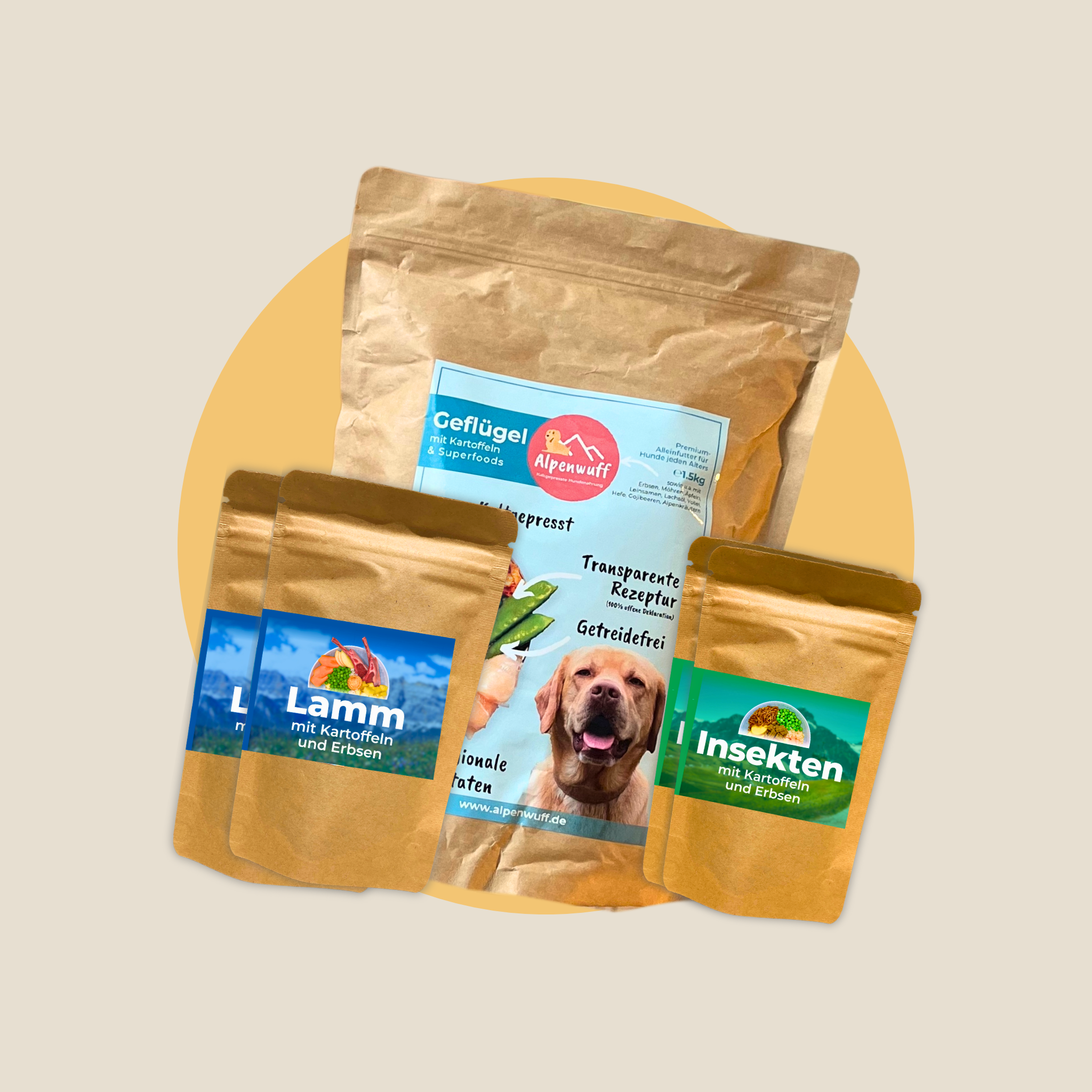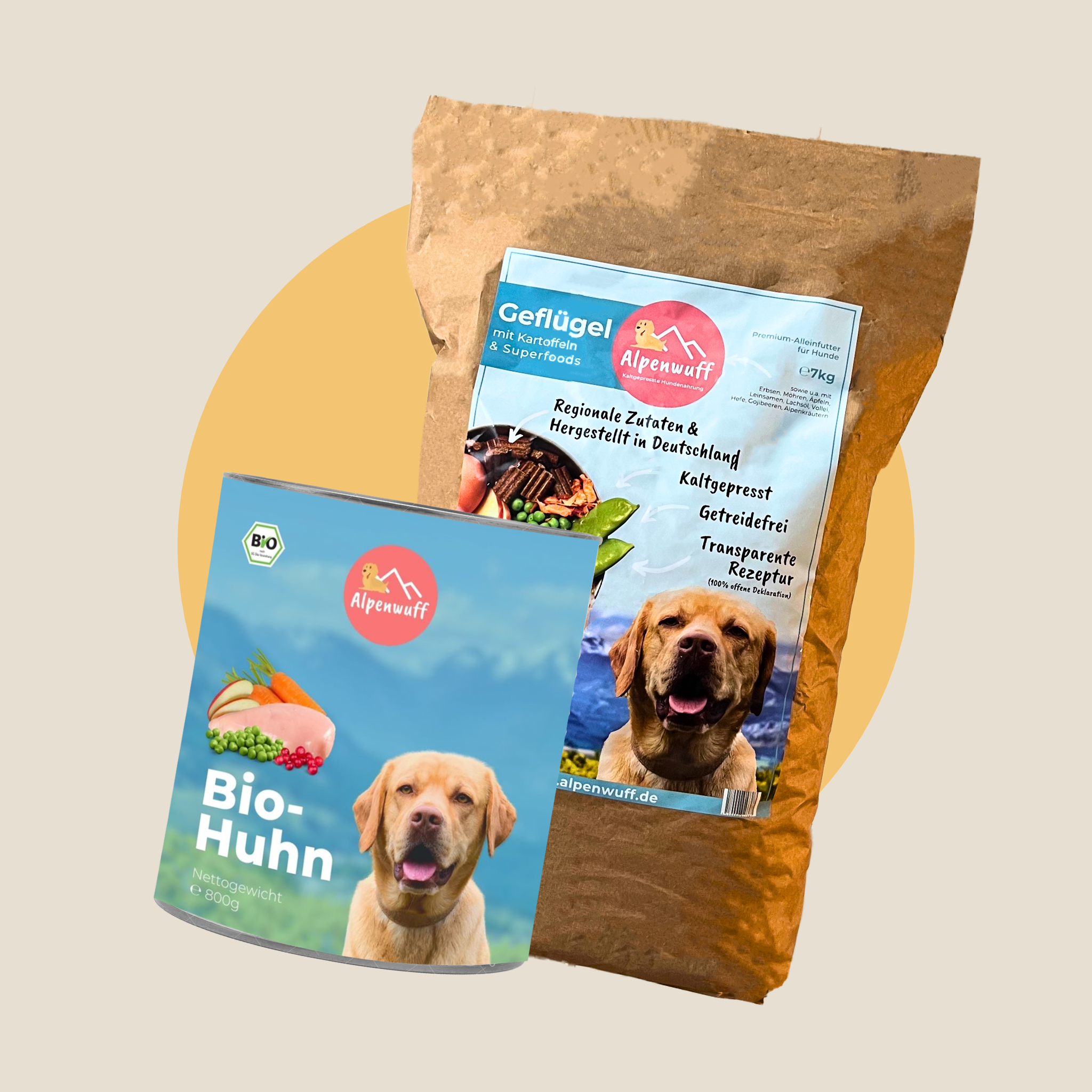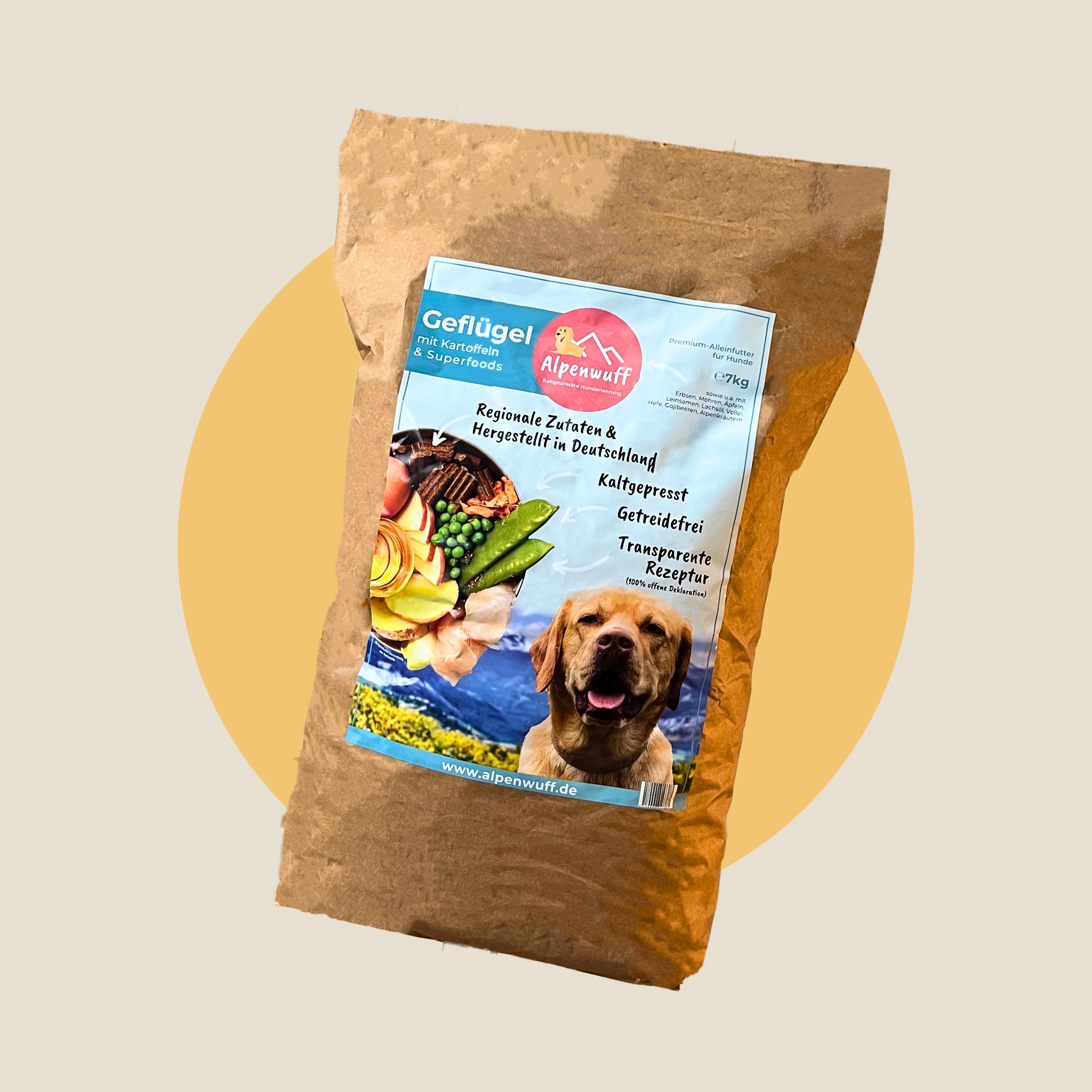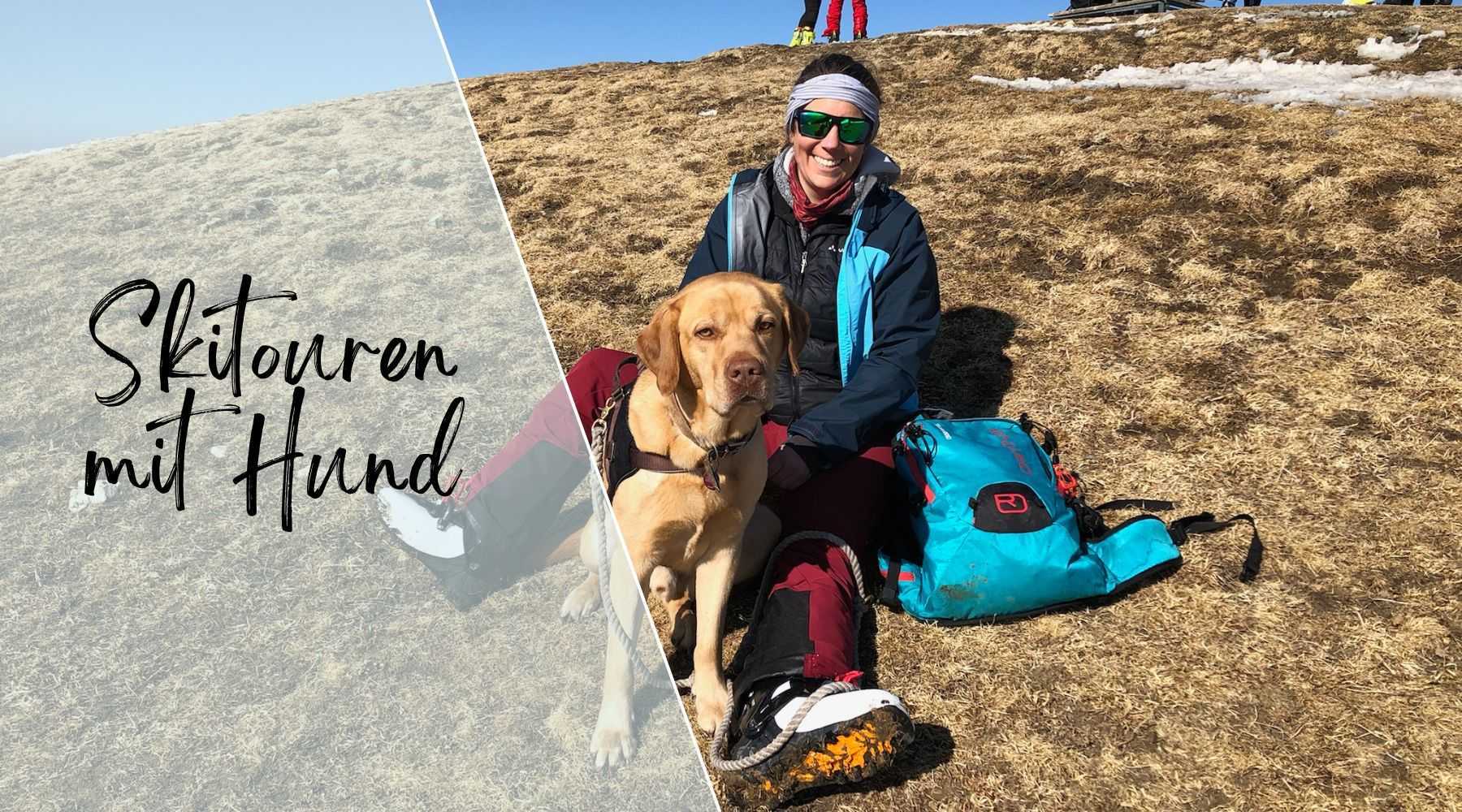The days are getting longer again, the sun is shining brightly even on weekends, and both dogs and humans are drawn to nature. With the lockdowns of the past few years in mind, there's currently growing interest in taking longer walks and hiking instead of short walks. But is that possible with a furry friend?
In this blog post, you'll learn how to prepare your dog for short and long hikes. We've also put together a packing list for hiking with your dog.
Preparing for hiking with a dog
First, you need to ask yourself the fundamental question of whether your furry friend enjoys hiking and is suited both physically and temperamentally for it . Smaller dogs like Chihuahuas, Pugs, or Dachshunds tend not to be endurance runners due to their physical stature. Furthermore, your furry friend should be at least one year old to hike long distances with you, as their bones and joints are still in the growth phase beforehand. Even with older dogs , you should carefully consider whether and which hiking routes are still suitable, considering possible age-related issues.
Once you have considered these things, there are three things you need to prepare:

Conditioning training for good fitness
Obedience and unfamiliar situations
- First, your dog should have mastered the basic commands "sit, stay, stop, here, and heel" perfectly. If you're venturing into more challenging mountain hikes, it's essential for your dog, for you, and for other hikers that these commands are reliably retrievable.
- On the other hand, you should have consciously practiced more difficult situations , thus ensuring greater surefootedness during the actual hike. For example, you can repeatedly do small climbing or balancing exercises with your furry friend during your fitness training, get to know the cows calmly from the trail first, or carry your dog across a stream on his harness without him fidgeting.
-

-
Sample package:
snack board
- Transparent recipe
- Guaranteed cold-pressed
- Regional and sustainable
Organizational matters: Local regulations, season and route planning
Route planning
When planning your route, you should first carefully consider where you can stay overnight with your furry friends. Accommodation options are often the limiting factor when hiking with a dog. For example, few mountain huts allow dogs to stay overnight. However, in most regions, there are very good guesthouses where you can stay with your furry friend. A second factor to consider when planning your route is not the length of the route, but the elevation gain . Especially when hiking with a furry friend, make sure that neither you nor your furry friend are overtaxed. Third, it's a good idea to look at the key sections of the hike online. There you'll usually find pictures of steeper sections of the hike, suspension bridges, or narrow passages, which will help you assess from your computer whether the hike is suitable for you. Finally, you should look for water sources along the trail that your furry friend can use to cool off and drink . If there are no natural water sources on the tour, plan enough water for you and your furry friend.
Season: Spring and autumn are ideal
Local rules and regulations
Packing list for hiking with a dog
But what should you pack for a hike with your furry friend? To make sure you don't forget anything, here's a short packing list for day hikes and long-distance hikes with your dog. We've compiled it for you based on our experiences in the Alps.
 |
 |
Tips for long-distance hiking with a dog
*Dog food recommendation: dry food
Timely feed change
Conclusion: Hiking is the dog’s joy
Whether high up in the rocky Alpine landscape or through the wooded, hilly German low mountain ranges, hiking is becoming increasingly popular – especially with furry friends! Whether you're just out for a weekend or an entire hiking vacation, you'll experience an unforgettable team experience with your dog while hiking, and bond more closely with each step.
______________________
Still looking for the right food for your hiking adventure? Then try our cold-pressed Alpenwuff dry food with poultry, potatoes, and superfoods!













Leave a comment
This site is protected by hCaptcha and the hCaptcha Privacy Policy and Terms of Service apply.